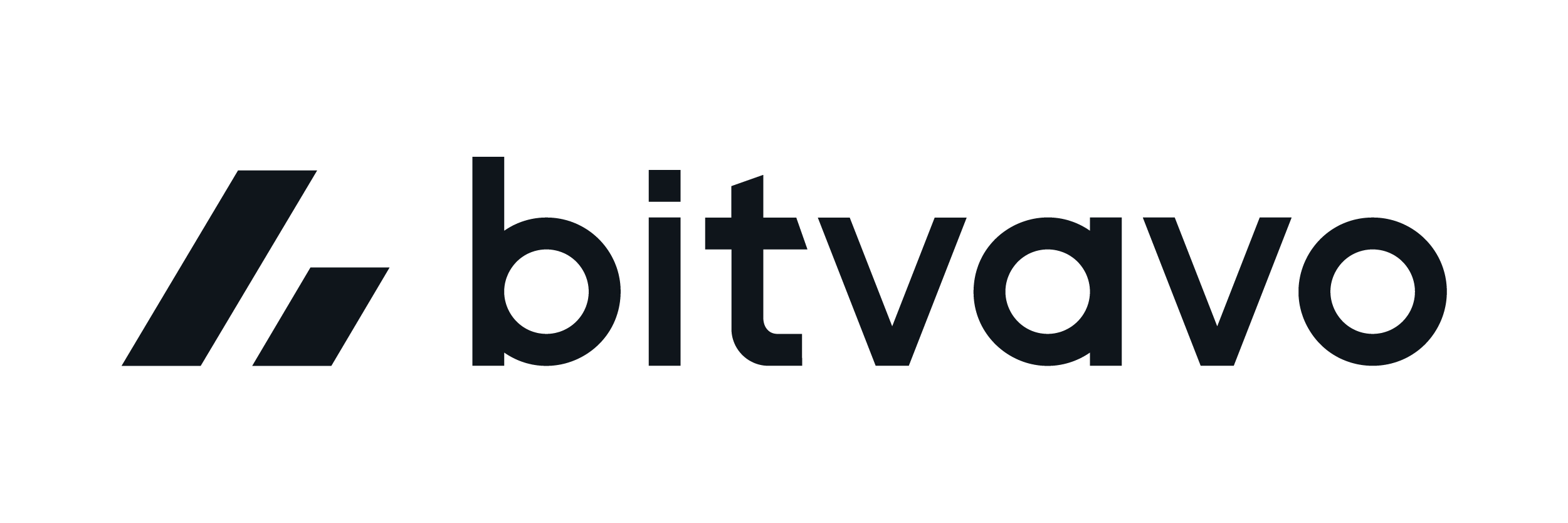Welcome to this post, where we are going to see how Olympus works and everything you should know if you want to use this platform. A staking platform that offers a different approach to the traditional one, which has allowed it to achieve more than 3 billion market capitalization.
Olympus is a different way of incentivizing liquidity providers with a model that reduces risk by having an amount behind each token, making it impossible for your cryptocurrency to be worth 0.
Its great growth has been due to the high % it offered and continues to offer, at the same time as the cryptocurrency continued to appreciate in price, instead of falling, as would be logical as it is a cryptocurrency with a high inflationary tendency.
What is Olympus

It is the first decentralized reserve currency protocol available on the Ethereum Network based on the OHM token. Each OHM token is backed by a basket of assets (e.g., DAI, OHM-LUSD LP tokens, etc.) in the Olympus treasury, giving it an intrinsic value below which it cannot fall. Olympus also introduces an economic and game-theoretic dynamic to the market through staking and minting.
If you have been in DEFI for any length of time, you will have seen high % platforms, which all they do is create more tokens to attract high % investors, and the value of their token ends up at 0 or dropping in a short time 99% of its value.
Olympus and all the forks that have appeared in other networks with the same system, raises a different way to continue attracting investors with high %, without the token being worth 0, thanks to having an amount of cryptocurrencies as a base that users contribute, in exchange for buying the token cheaper, as if it were a discount. These tokens, serve as a guarantee so that the cryptocurrency, despite being highly inflationary, always maintains a minimum value. Currently, the amount it is backed by is about 14% of its value. Meaning that if OHM were to start falling in price, it would never fall below 14% of its value. For example, if OHM is worth $1,000, you are going to have to make each OHM, at a minimum, worth about $140.
How to Buy Olympus (OHM)
To use the platform, the main thing you will need is Olympus (OHM) to stake it and receive the rewards it offers. To do this, you must use Uniswap or a centralized Exchange, and the ethereum network on metamask. If you are totally new, I leave you a guide here so you can know how to buy Olympus paying the lowest possible commissions.
Keep in mind that, the protocol is on the ethereum network, so the commissions as of today are very high. So if you plan to use Olympus with less than $5,000-10,000, it may not be worth it, paying more in gas fee than the benefits you can get.
Between the swap, approving the token, staking it and then un-staking it, and then swapping it back, you may have had to spend a minimum of $300 in fees up to $1,000 if you do the transactions at busy times on the ethereum network. Luckily, if you want to use an alternative, there are forks on more affordable networks, such as Wonderland on the Avalalanche network, which you can find a guide on our site, using the search engine.
Stake
The main and most used function is the Olympus stake. If you click on stake, in APR you can see the annual % they are currently giving. In TVL the amount of staking, and current Index is the amount you would have gotten if you had staked Olympus from the beginning. If the Index is 31, it means that you would have 31 times more of your initial capital that you staked. You can use this as a reference, when you want to withdraw your OHM, you can subtract the current Index by the Current Index of when you staked it, and see what you have earned.
To stake it, simply indicate the amount, if you want all of it click on Max, confirm in your wallet and you are done. You will have to first approve the contract in approve contract, keep in mind that being on the ethereum network, the commissions are high and it can cost you 30$ or more just to approve the token.
After approving it, click on stake and confirm in your wallet. You will now have your OHM staked. Below, you will see the next reward, and the 5-day ROI you will receive. Also, at the top, you can see how much is left for the distribution of the new rewards in the next rebase.
At any time you can stop staking your OHMs in unstake, indicate the amount, confirm in your wallet and you will have your Olympus tokens with what you have generated during that time.
When you stake your OHM, you will receive another cryptocurrency called sOHM, which has a 1:1 ratio with OHM, and you will need it when you want to stop staking your OHM in Olympus. You can use your sOHM on other platforms to get a higher % return as collateral.
Bond
Bond allows users to mint OHMs from the protocol at a discount by trading either i) liquidity (LP tokens) or ii) other assets such as LUSD. The former is called liquidity minting and the latter is called reserve minting.
The minting action creates tokens that take approximately 15 epochs or so to vest, and OHM tokens vest linearly to the user over that period. Liquidity minting helps the protocol accumulate and lock liquidity within, while reserve minting allows the protocol to grow its treasury and thus grow the OHM backing.
Currently, you can use LUSD, OHM-LUSD, OHM-WETH, DAI, FRAX and OHM-FRAX to mine OHM. Keep in mind, this is a very different strategy than staking, where you stake to generate an annual %, and is more of a long term approach. With Mint, it is a short term strategy, where you will be able to buy OHM for a discounted price after the indicated period of time, usually after 5 days. This means that if you want to mine, the strategy is to buy at a discount and sell it later, or stake it if you think it will continue to rise.
Once the 5 days have passed, in reedem you will be able to withdraw the amount of OHM in exchange for the amount you placed in Bond. In Bond, before confirming, you will be able to see the amount of OHM you will receive, the current price of OHM and the price of Bondear, as well as the annual % you will receive.
Risks
After seeing how the protocol works, it is important to know the risks you are exposed to when using Olympus. The project has been audited by two auditors, although they are not well known auditors, it adds more security to hacks.
Another big risk is the high commissions of the ethereum network. Since you end up paying a lot of commissions, and in the end, it is less profit that you end up getting. Although this is not only a risk of the protocol, it is an important aspect to consider before placing your money.
The system of incentivizing staking, while having a very inflationary token, is a fairly new model and game theory, which, for the moment, seems to work, but there are several risks that are important to consider. The first, is the price drop, which at some point or another will occur, due to the high inflation that this model has. The second, is the annual %, as long as it is high and compensates the price drop, it can be profitable, but it is possible that the annual % you receive for staking drops to very low %, and that it barely compensates the loss of value of the cryptocurrency.
Actually, this protocol together with its forks, plant a balance model, between high annual % received on a very inflationary token. As long as the protocol manages to maintain a balance between high annual %, interest in cryptocurrency mining to provide liquidity, and price, it can be a very successful protocol. But this will depend on the team that manages to balance the variables to make it a protocol with a future.
I hope it has helped you to know more in detail how olympus works and how to use the platform. Remember that if you don’t have an account with binance, you can create one just below.
Platform: Binance
Min. deposit: $10
License: Cysec
Very low commissions
Exchange with more cryptocurrencies


